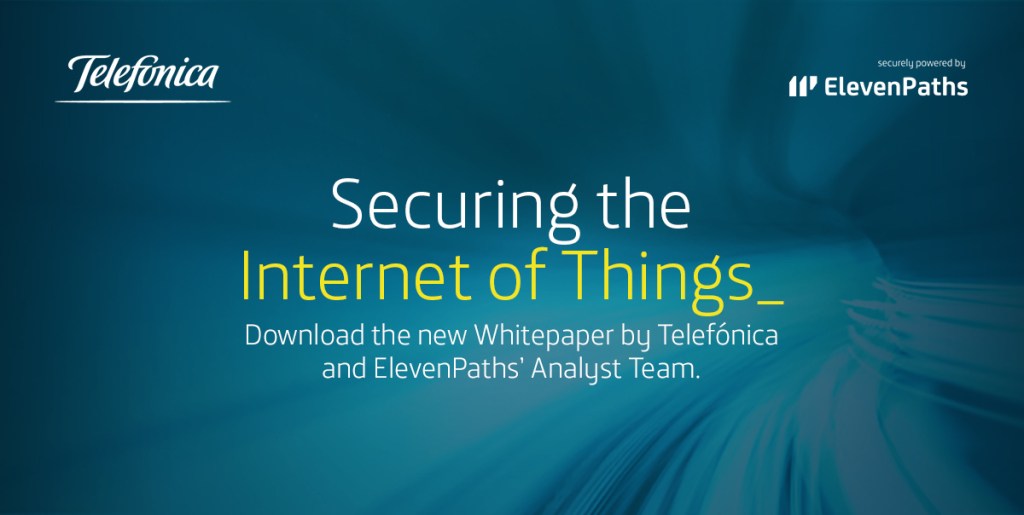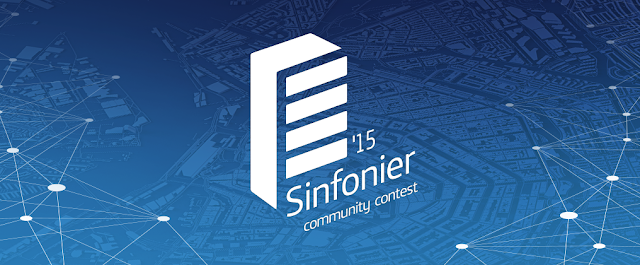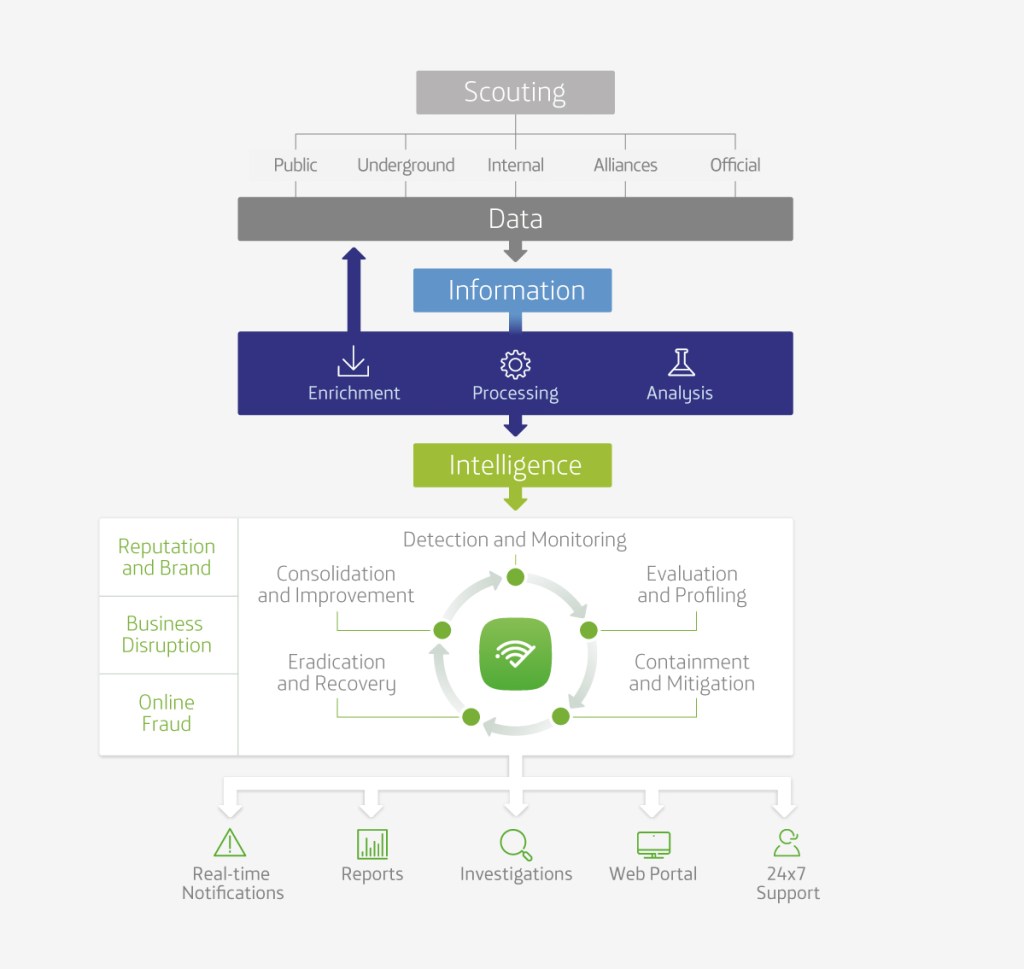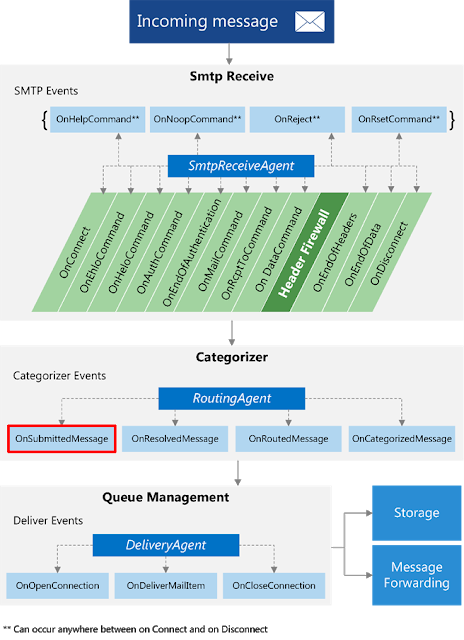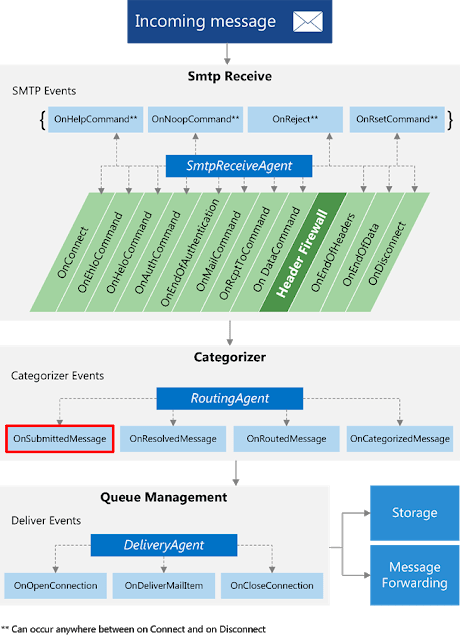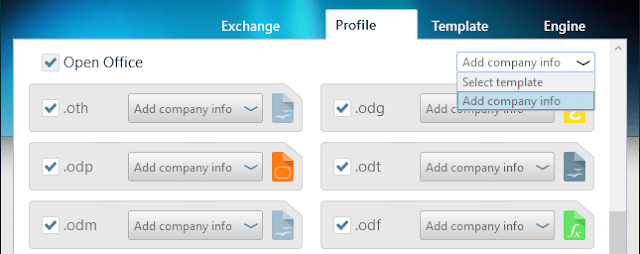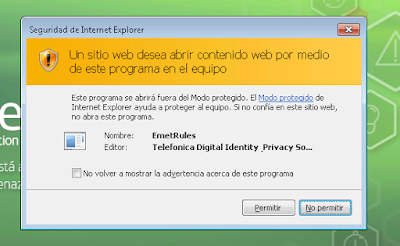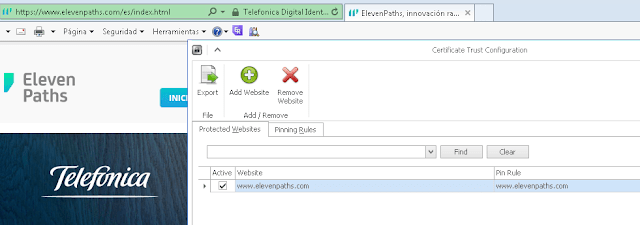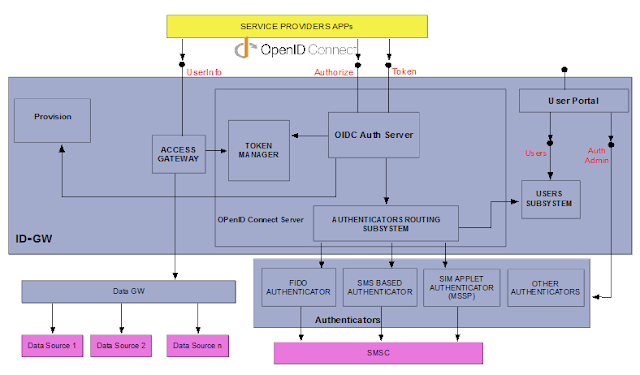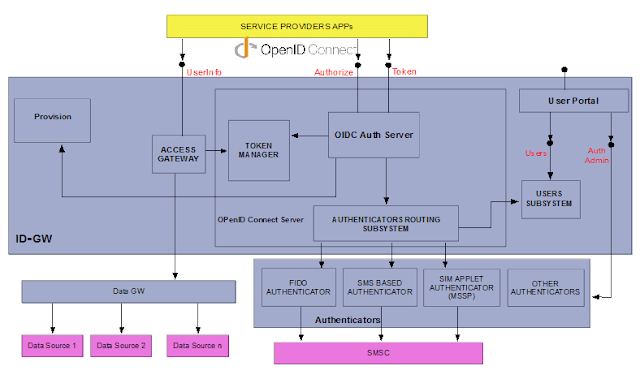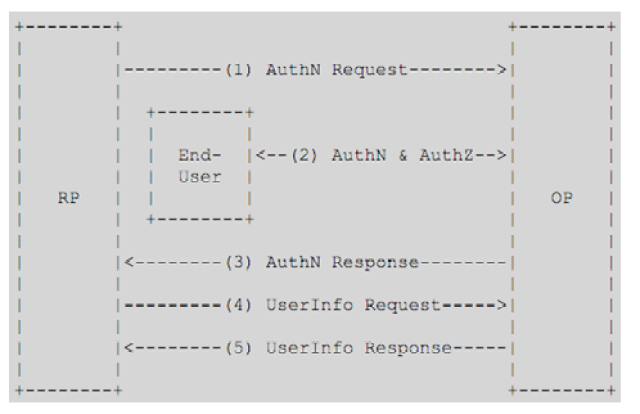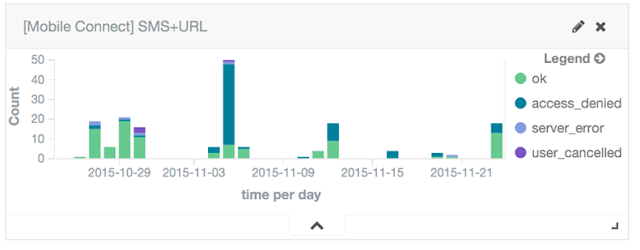A few months back we published a whitepaper regarding the disruptive changes in the connectivity ecosystem. The paper stressed the role of low power narrow band wide area networks (LPWA) as the long term solution. While the different proposals for new (radio frequency) technologies reach the market and technological maturity, some connectivity technologies that had stopped being used, were seriously declining in popularity, or were doomed to disappear are receiving a blow of fresh air and a second life by repurposing their original use. 2G or Bluetooth are two excellent examples of repurposed technologies. Today we will talk about the latter.
Bluetooth is a protocol for wireless communication originally developed by Ericsson that works over unlicensed frequency. It was conceived for personal area networks (PAN) in order to transfer data wirelessly. Bluetooth however has some design shortcomings: it requires pairing devices (normally through a setup procedure) its energy consumption is very high (not optimized for battery-powered devices), and the range is normally limited to the room’s perimeter. To overcome these limitations an evolution of the original protocol was developed. This new standard Bluetooth Low-Energy (BLE or Bluetooth LE) was redesigned by Nokia and is now a core feature of modern smartphones and next generation wearable devices like smartwatches, health bands and others.
Bluetooth LE devices consume very little energy (extending battery-life up to 2 years). Besides the wearables and personal device market, one of the main uses for BLE is using the technology as beacons. They take their names from traditional lighthouses and in a similar manner are installed at fixed locations from which they broadcast their presence and exchange information in a 70 metre range in order to provide information like temperature, movement, sound, etc.
Beacons are in general static elements designed to be installed in Smart Cities and other typical IoT settings with moving BLE-geared smart receivers. The scenarios however do not require the beacons to remain static nor the receivers to be in movement so there is not a single workflow and many use cases are being developed that range from Smart Meter Reading to Connected Car on board features or Smart City information points.
Looking towards the future, the Bluetooth Special Interest Group (SIG) recently published its “2016 Technology Roadmap” with exciting new features for the new Bluetooth Smart specifically designed to enhance the features that make it attractive for the IoT: improved range (4x), increased robustness for indoor and outdoor use, 100% increase in speed, without affecting the energy consumption at an improved responsiveness and lower latency. Bluetooth Smart devices will be able to interconnect in networks that cover a whole, house, building or factory opening new applications for this technology
You can read in-depth information about current Bluetooth LE and other disruptive connectivity technology in our “The response of the CSPs to the IoT burst” whitepaper published a few months ago which provides complete insight of the IoT state of affairs moving forward in a complex ecosystem of key technology players and a combination of existing and emerging technologies.




